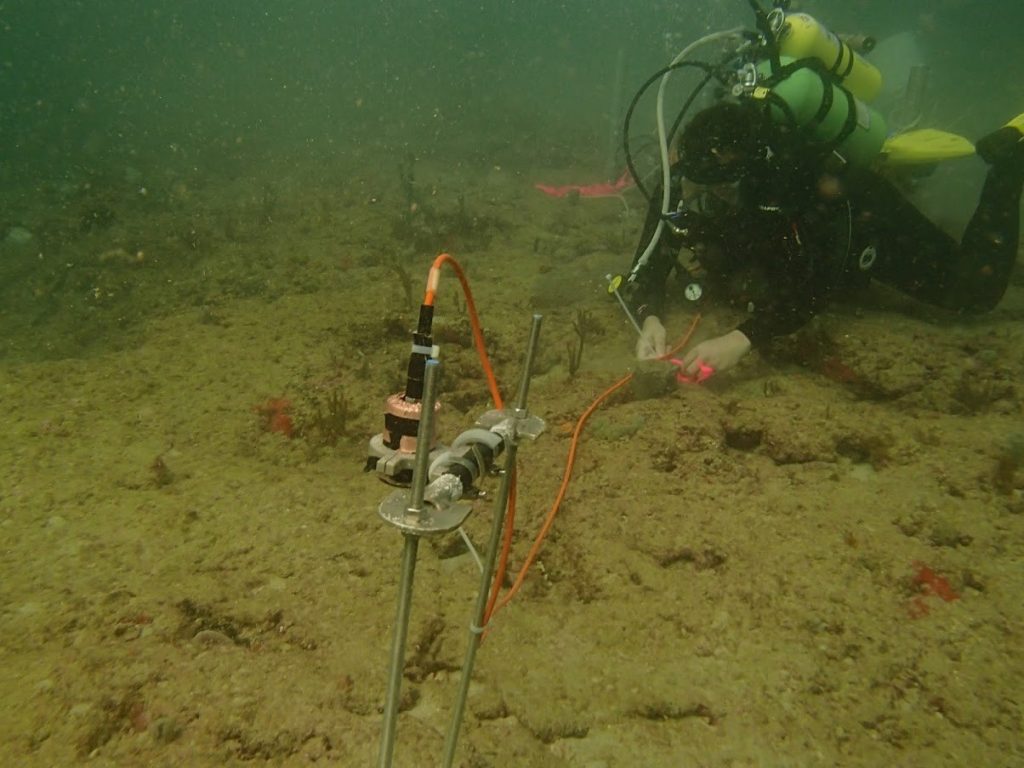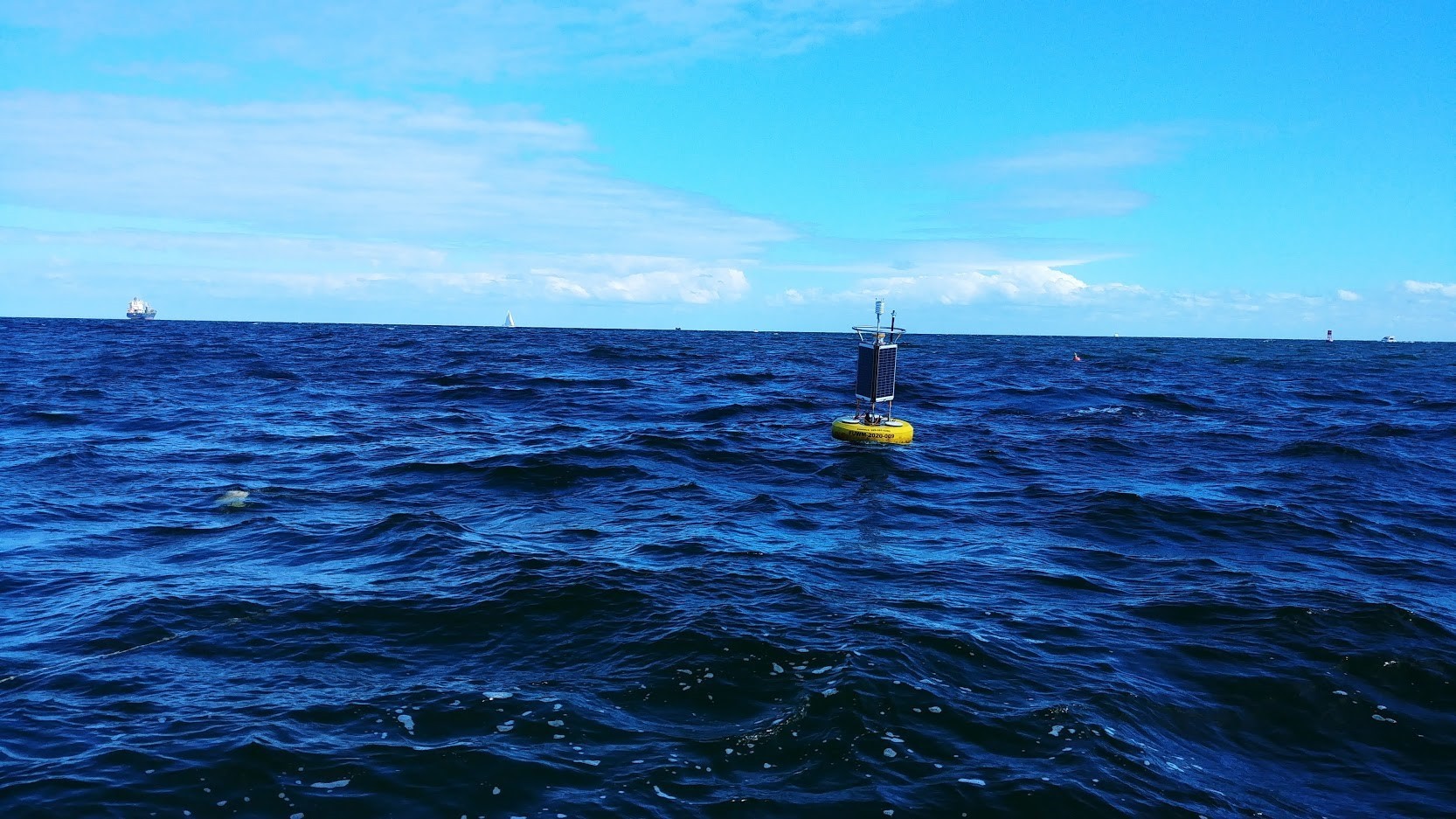The U.S Army Corps in partnership with NOAA’s Atlantic Oceanographic and Meteorological Laboratory, and NOAA’s Southeast Fisheries Science Center are testing a new ecological forecasting tool known as the ‘Environmental Information Synthesizer for Expert Systems’ (EISES). This new tool is being tested for the first time in a maintenance dredging project in Port Everglades, Fort Lauderdale, Florida in a multi-agency collaborative effort to help capture water quality effects which may be associated with dredging operations.
EISES was originally developed by AOML in 1998 to forecast coral bleaching. Dr. James Hendee, retired AOML developer said that during the tool’s inception, reports were automatically faxed to environmental engineers, divers, fishermen, and boaters.
In the current collaboration, EISES will record data from sensors mounted to the seafloor which currently measure turbidity, total suspended solids, sediment deposition, seabed light, waves, currents, temperature and salinity. The tool uses artificial intelligence to expedite and automate analysis of environmental data from satellite images, in-situ instruments, and/or in-situ observations to help inform responses to ecological events.

In the future, EISES could be used to generate alerts to aid decision makers in determining how dredging activities will affect local marine ecosystems. EISES will interpret near real-time data and consolidate it into three categories of value estimates of data (i.e low, average, high). These value estimates are then fed into EISES’s Expert System to identify how severe ecological conditions have become and if they are overtly harmful to coral health. If conditions are hazardous, alerts containing detailed information of the location and potential environmental hazard are then distributed to relevant stakeholders via email.
Large-scale dredging projects have the potential to add stress to coral reef ecosystems in nearby areas because the sediment disruption can affect the corals ability to capture light which they require to carry out their life processes. High amounts of sedimentation can also bury corals, increasing mortality rates among colonies and decreasing the potential for coral larvae to settle and survive in that area. Therefore, monitoring is needed in a timely manner to allow for adaptive management projects during dredging. Researchers expect to minimize potential effects of these key stressors typically associated with dredging by using EISES to monitor water quality in near real-time and by automating the process of reporting and generating alerts.
Text has been modified from a news story by the U.S Army Corps of Engineers, Jacksonville District.
